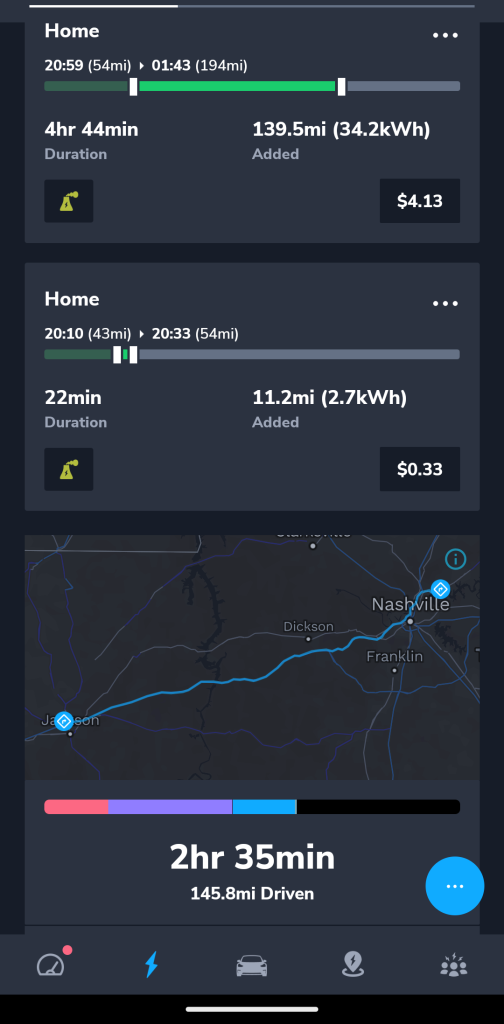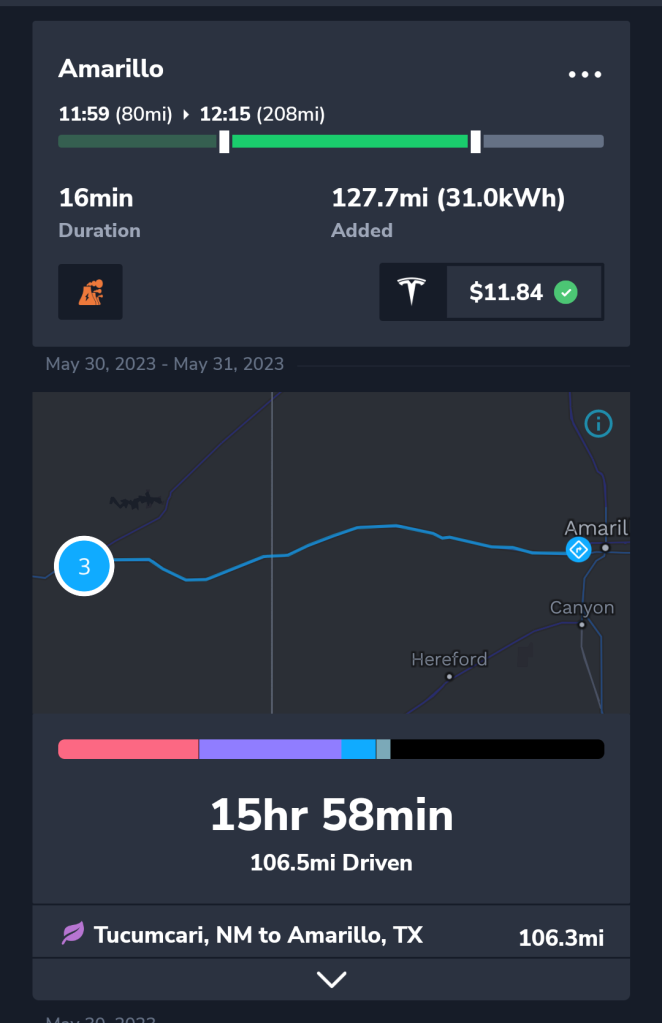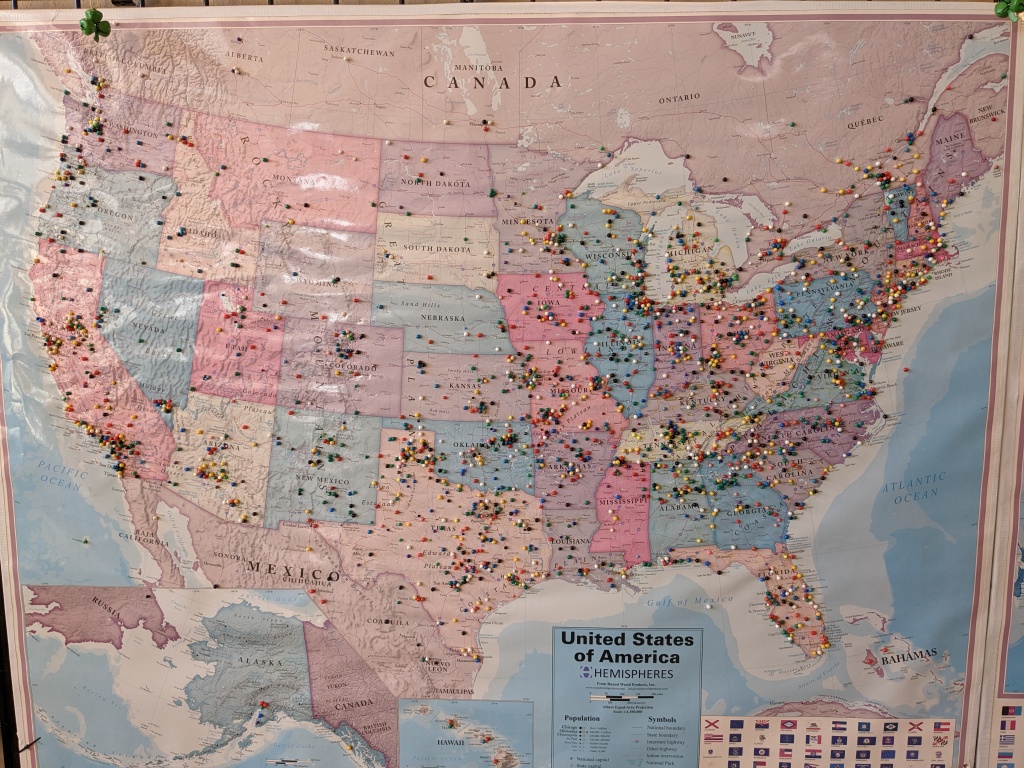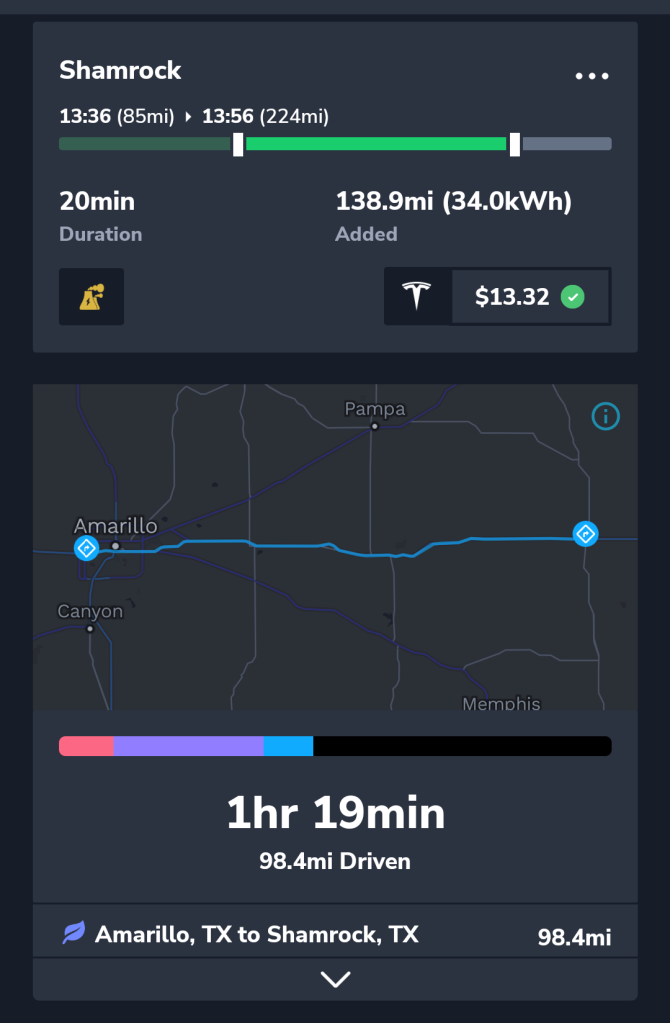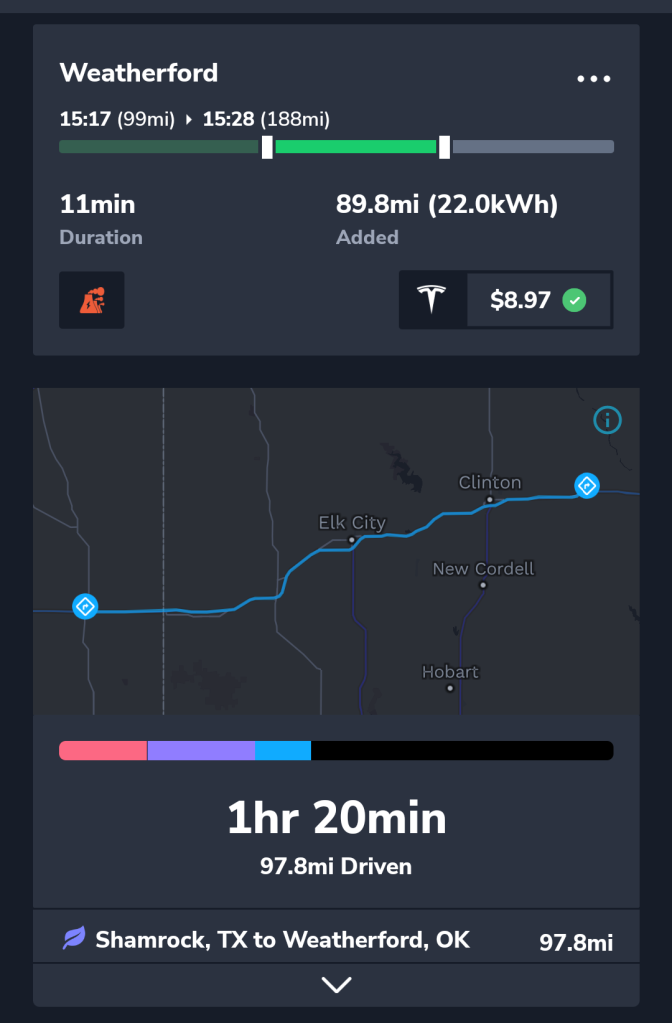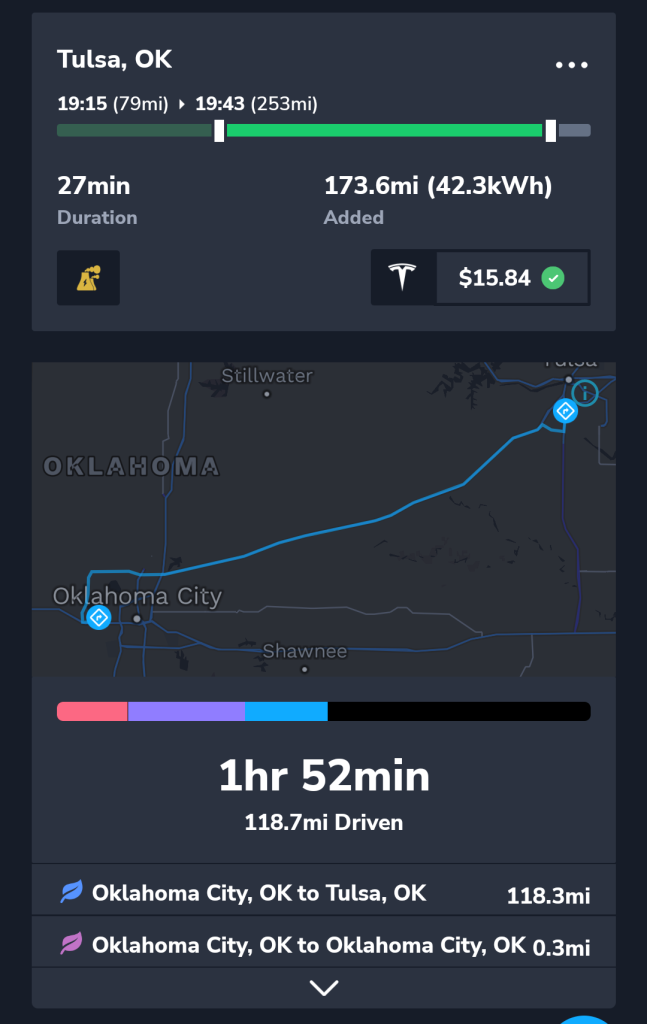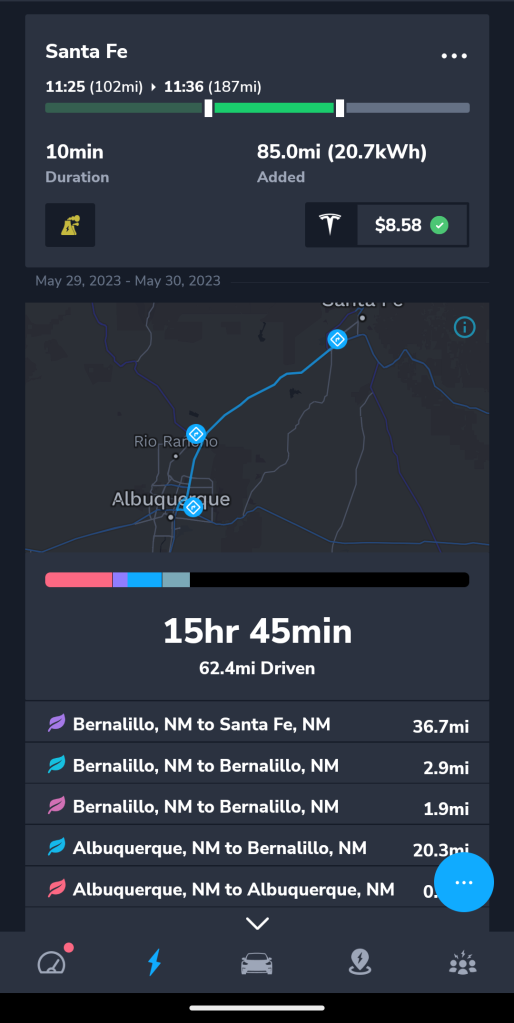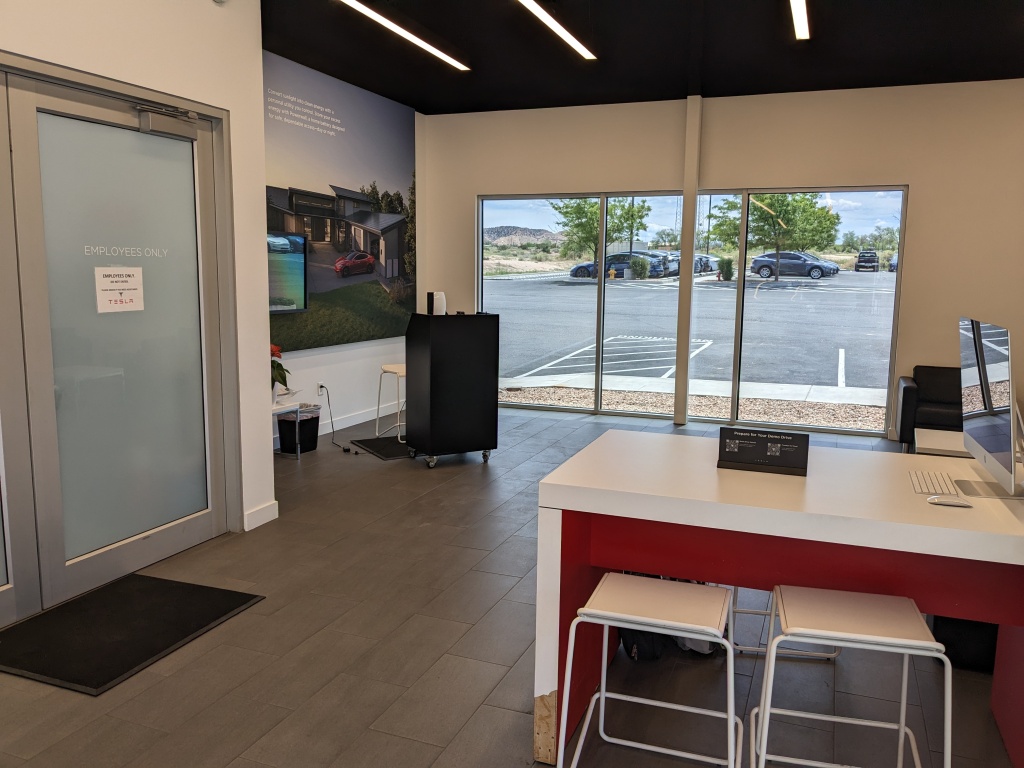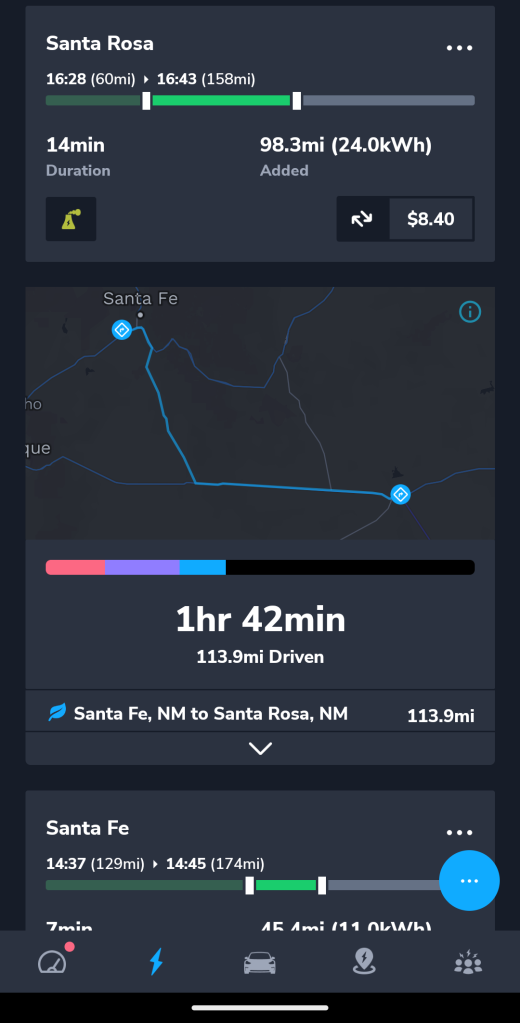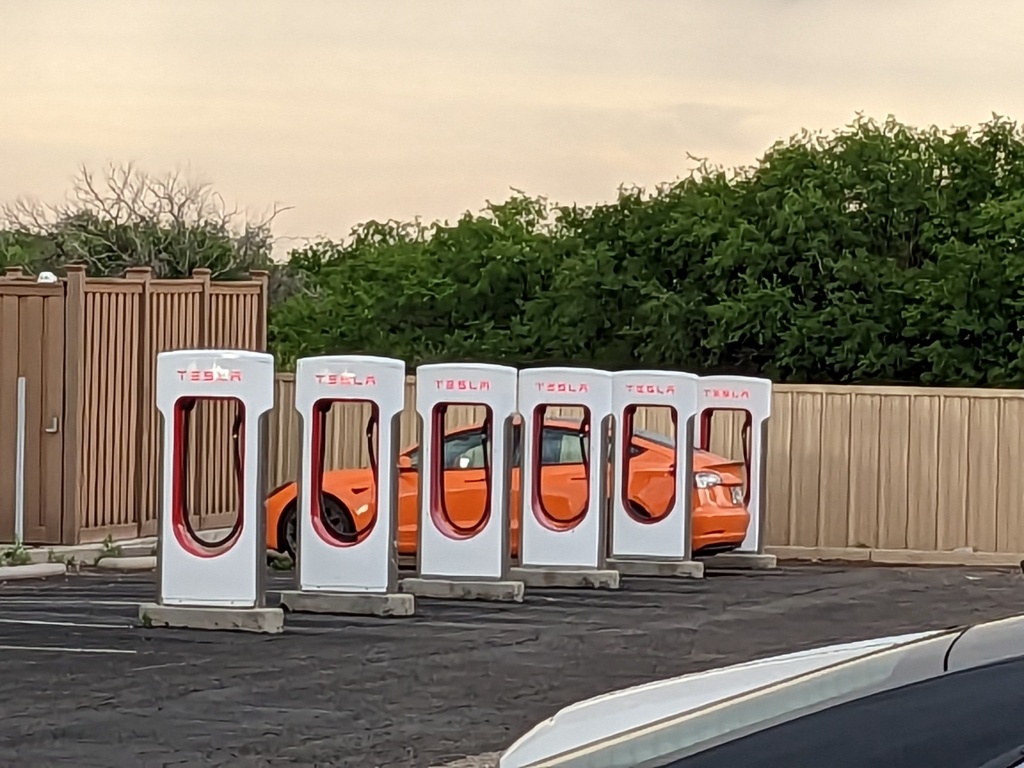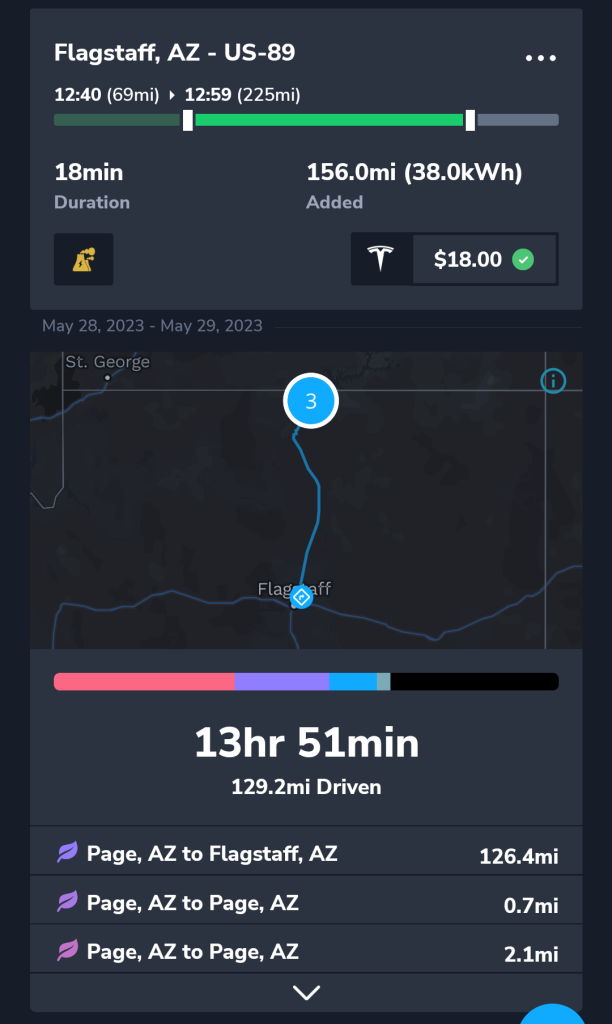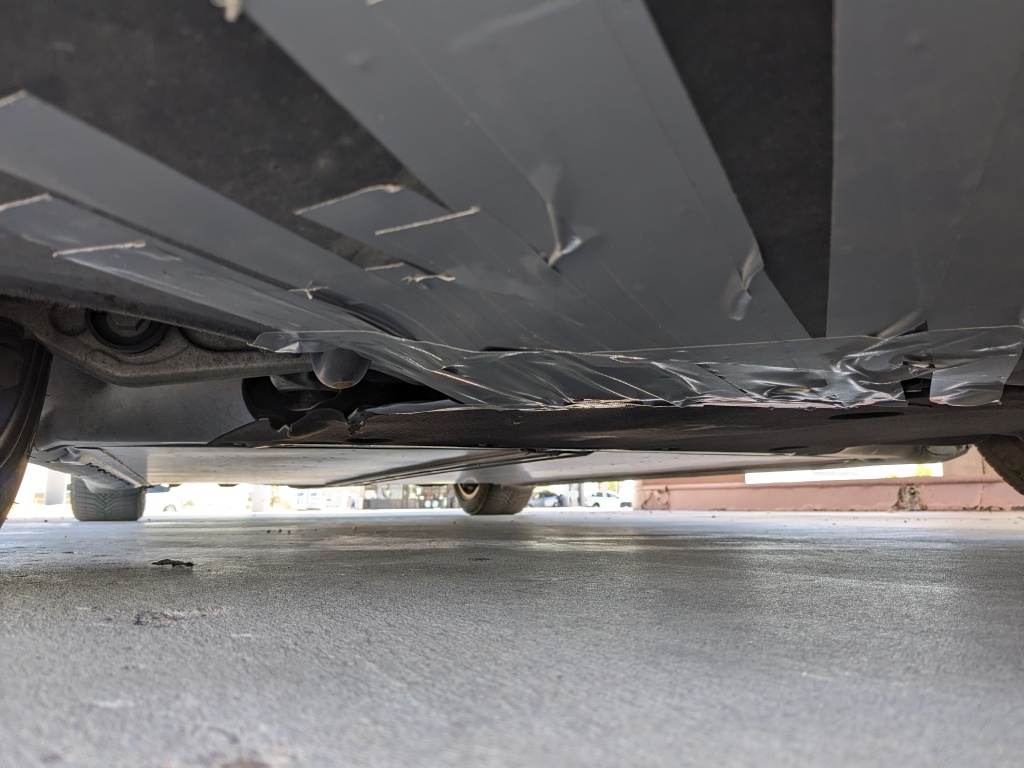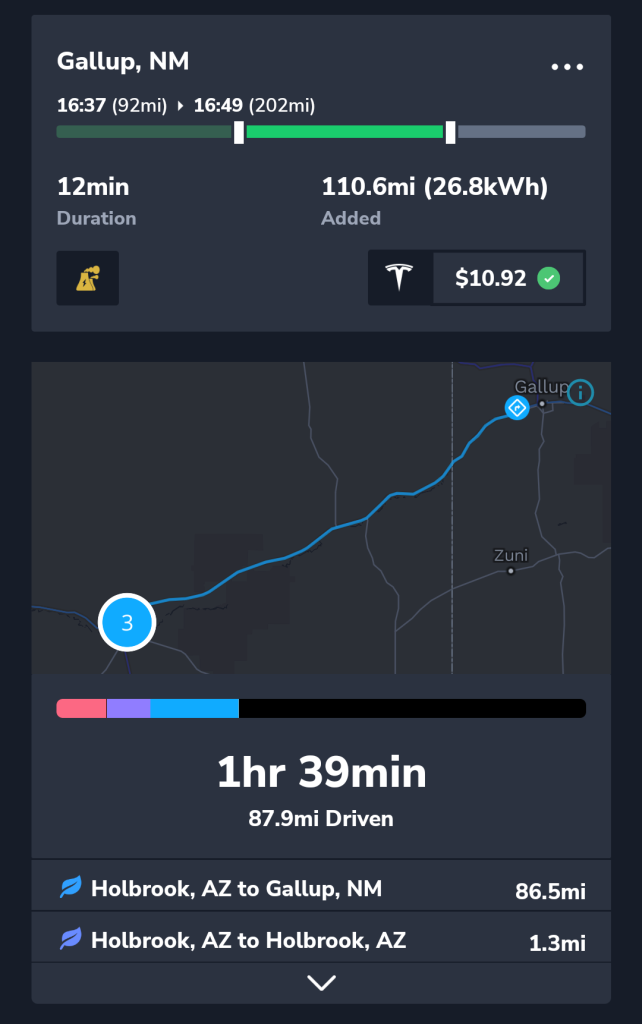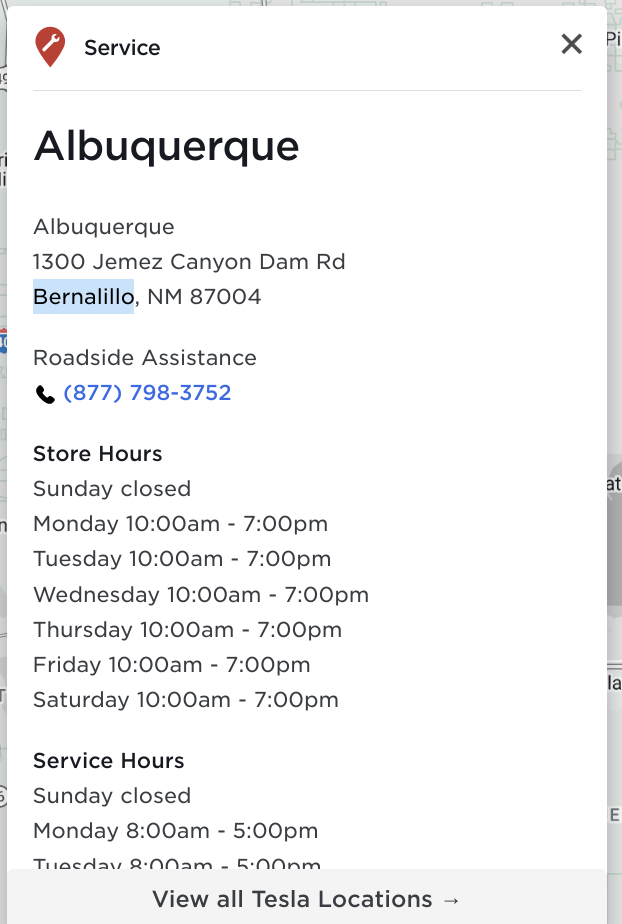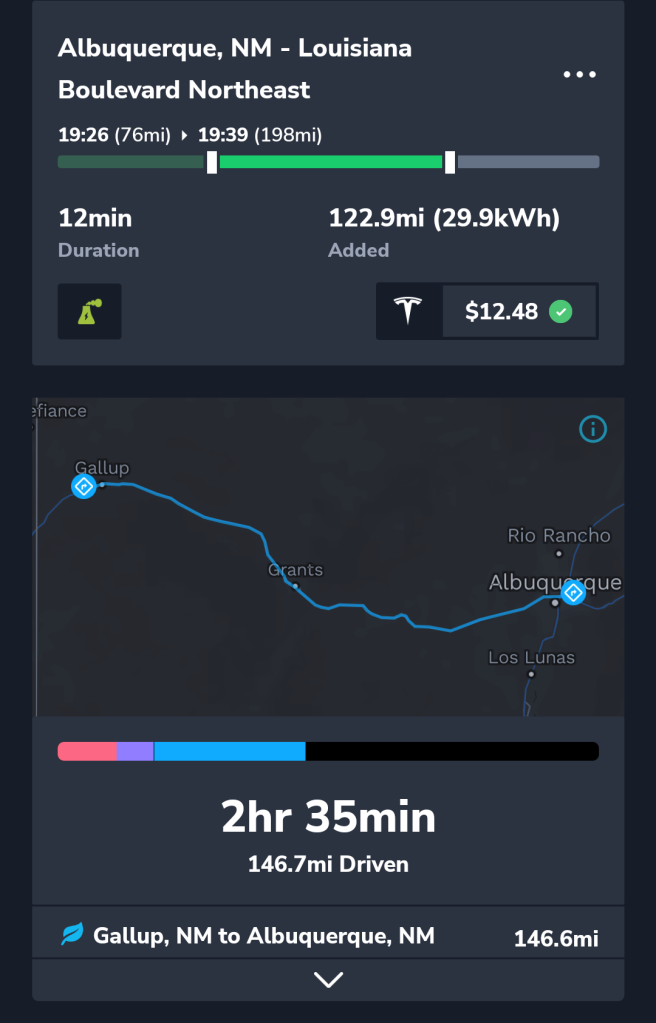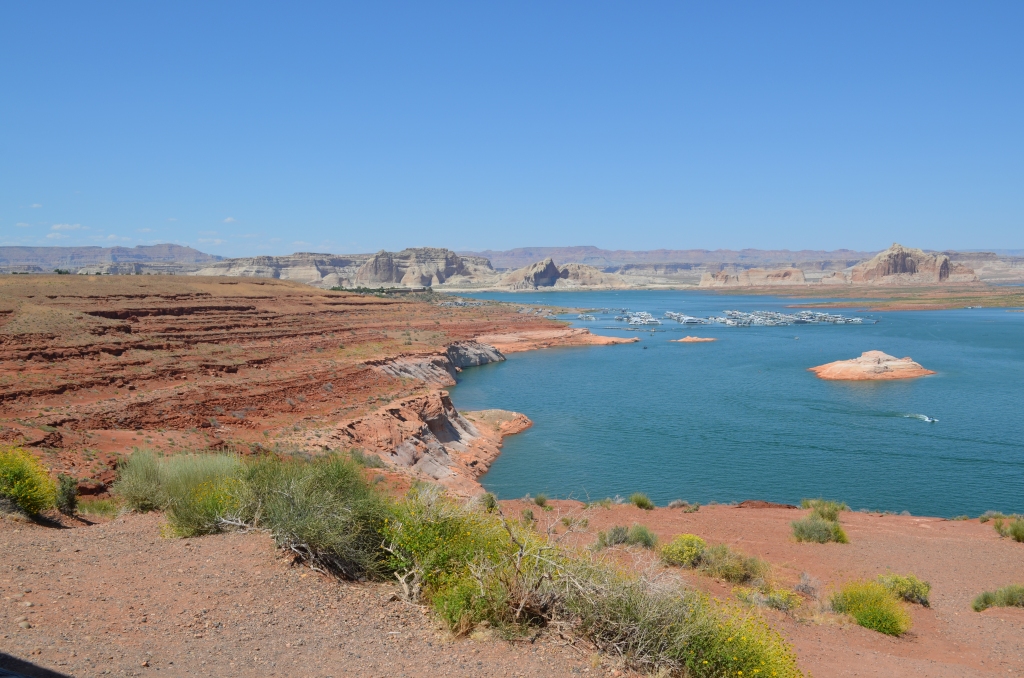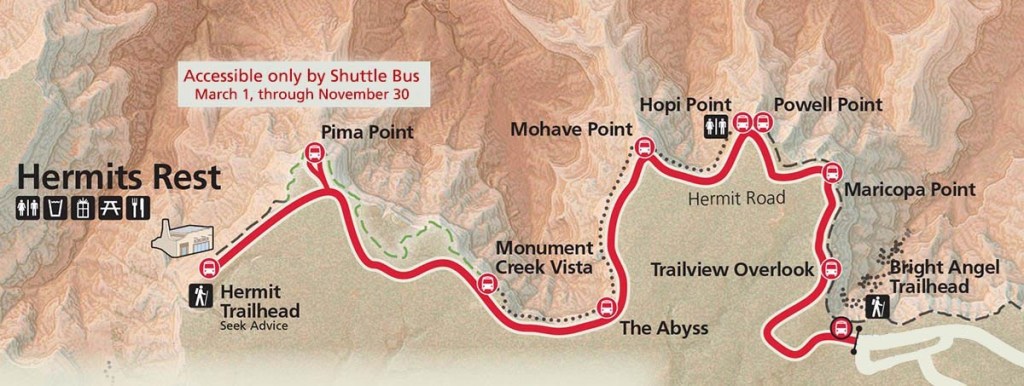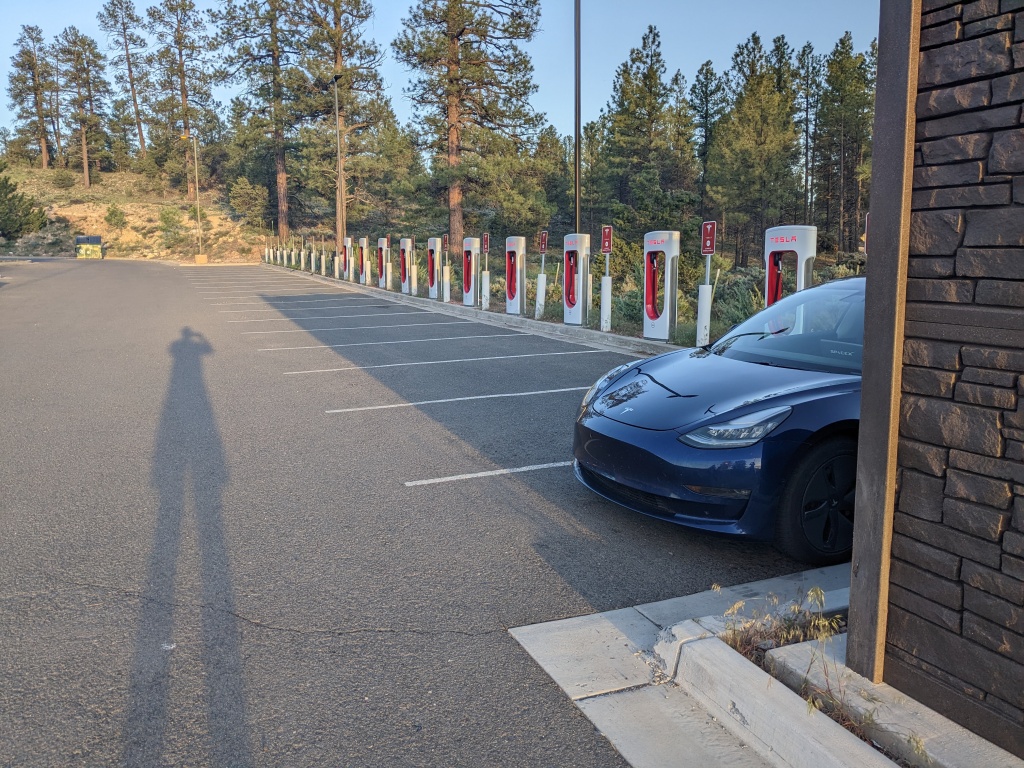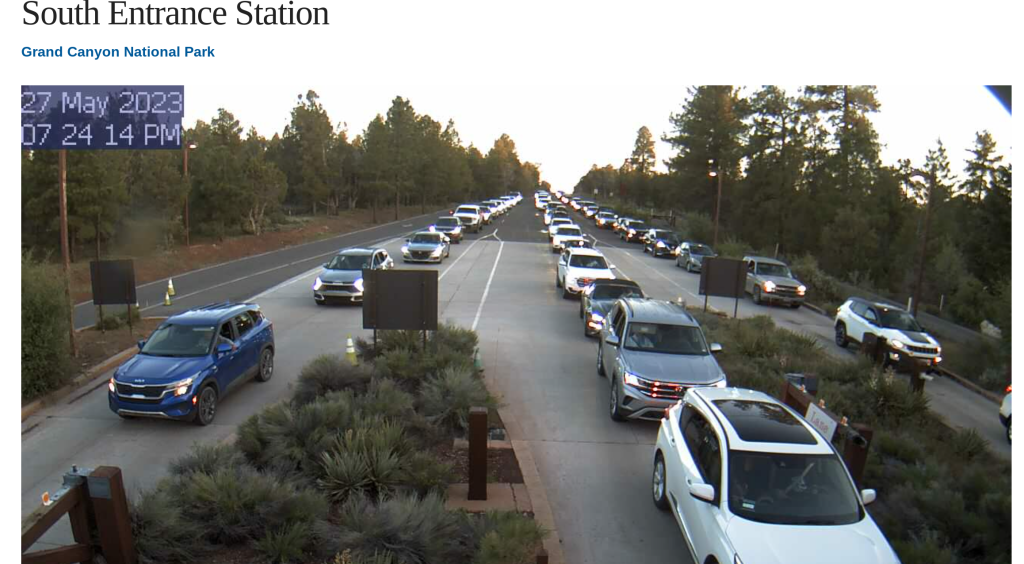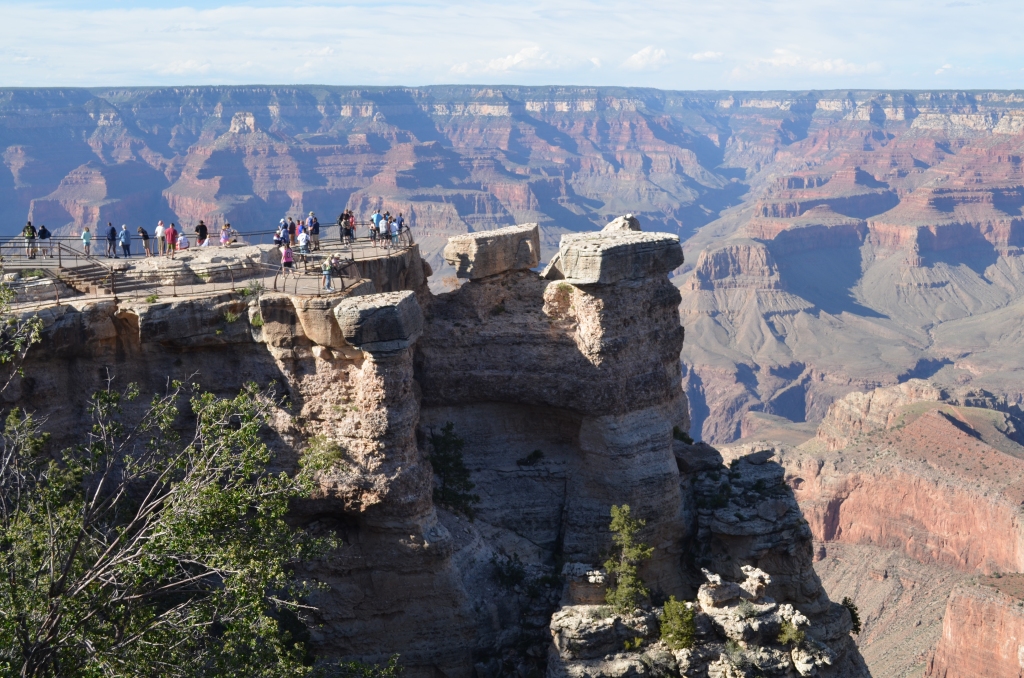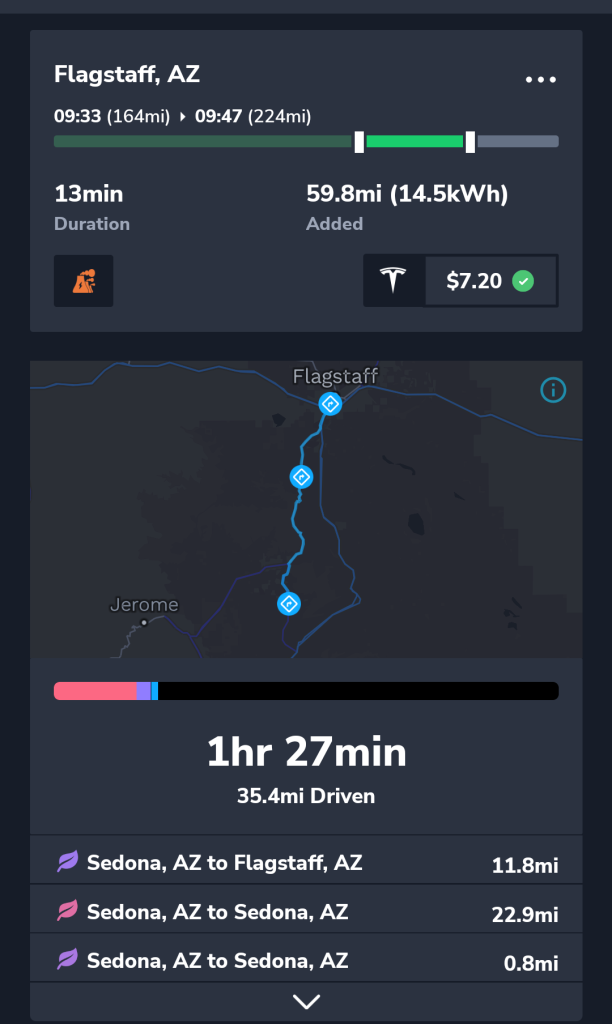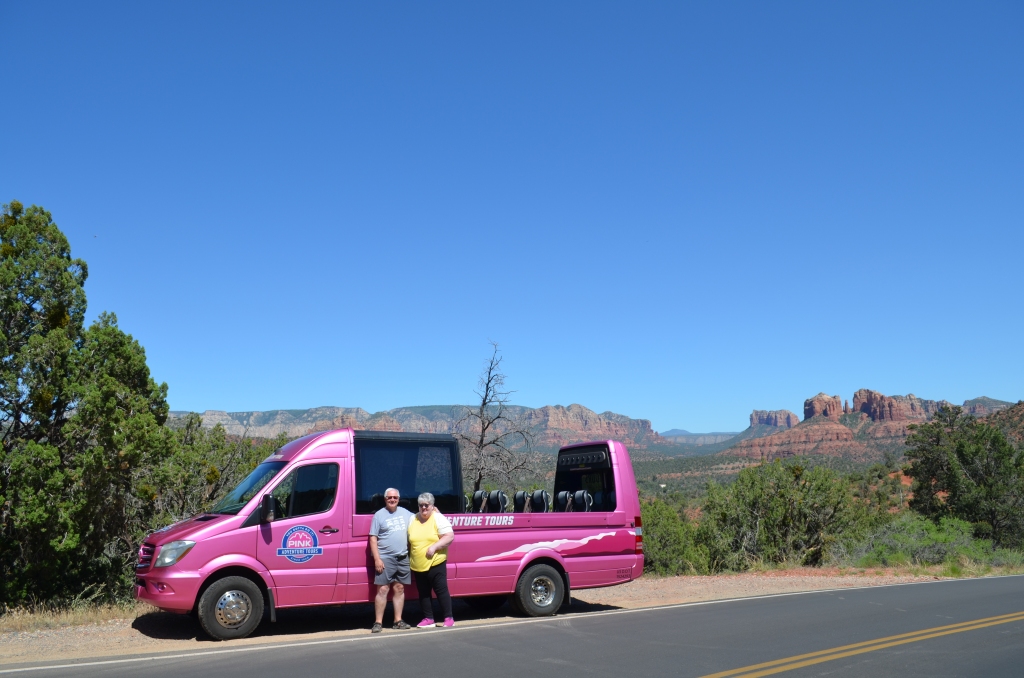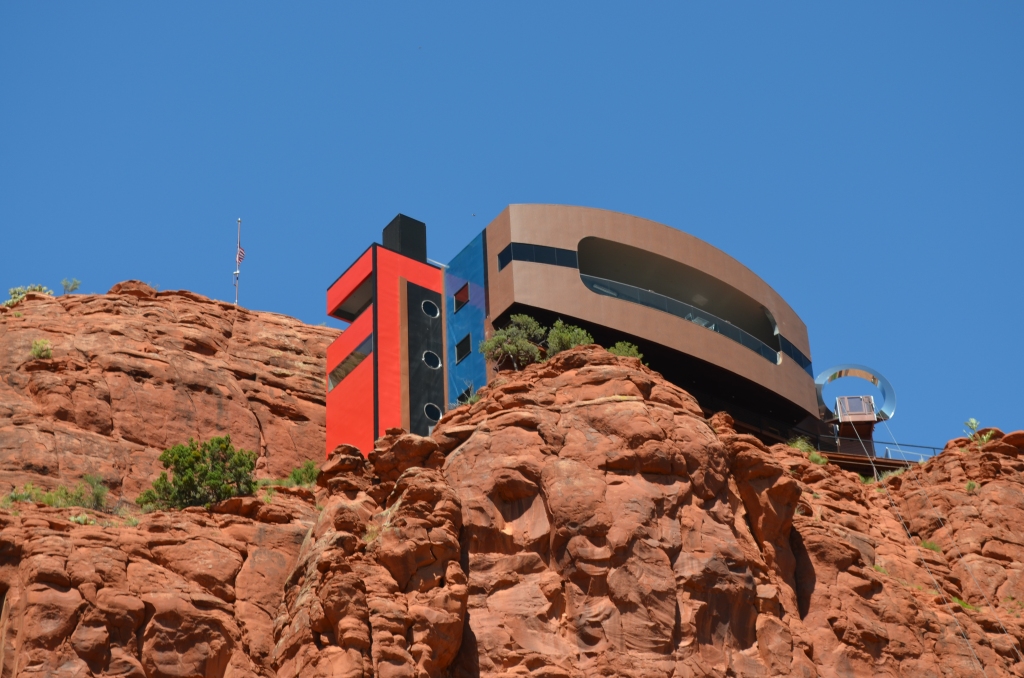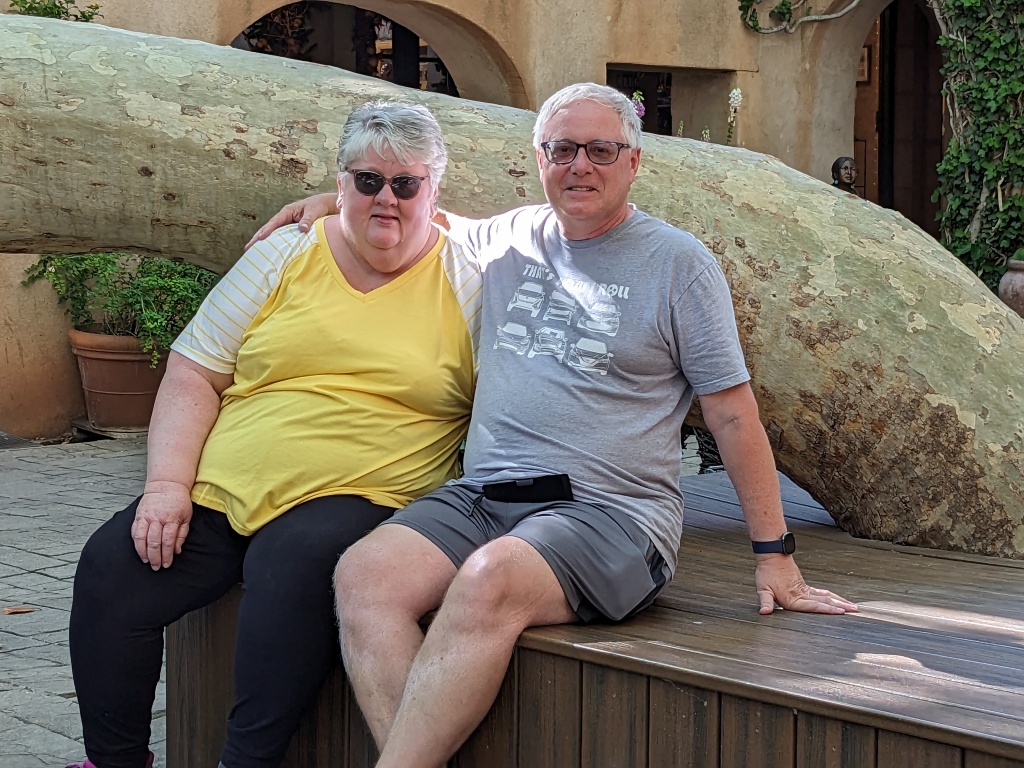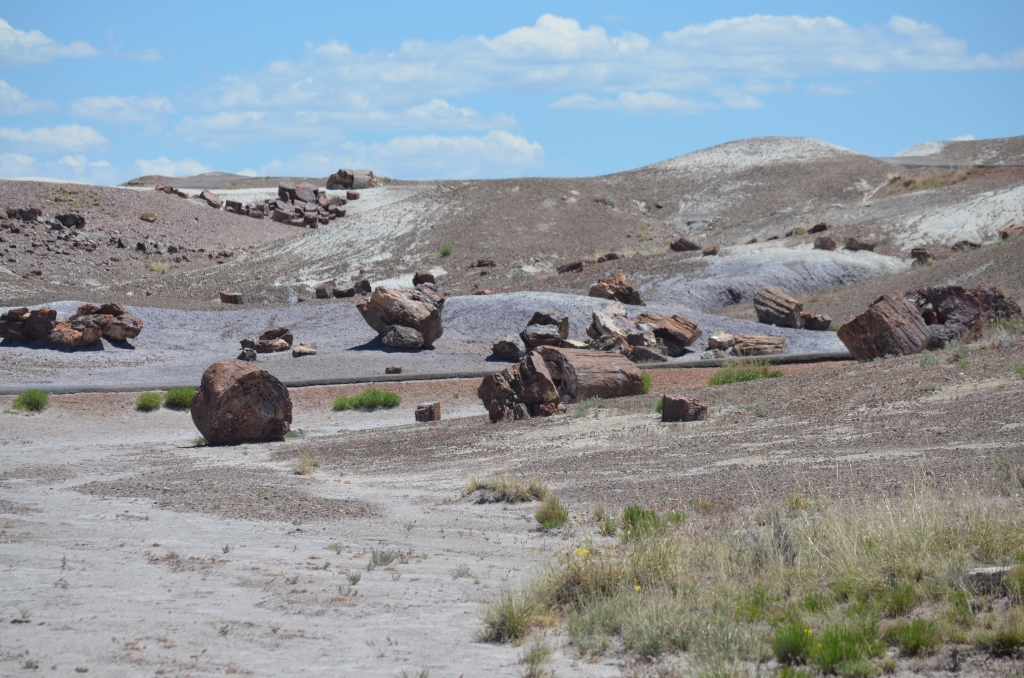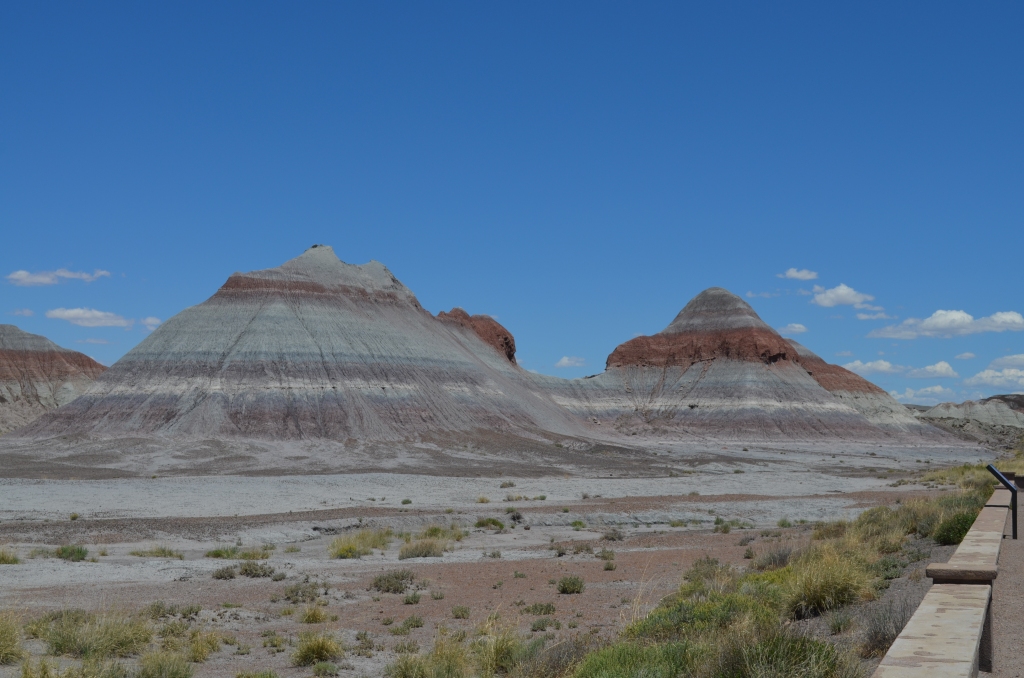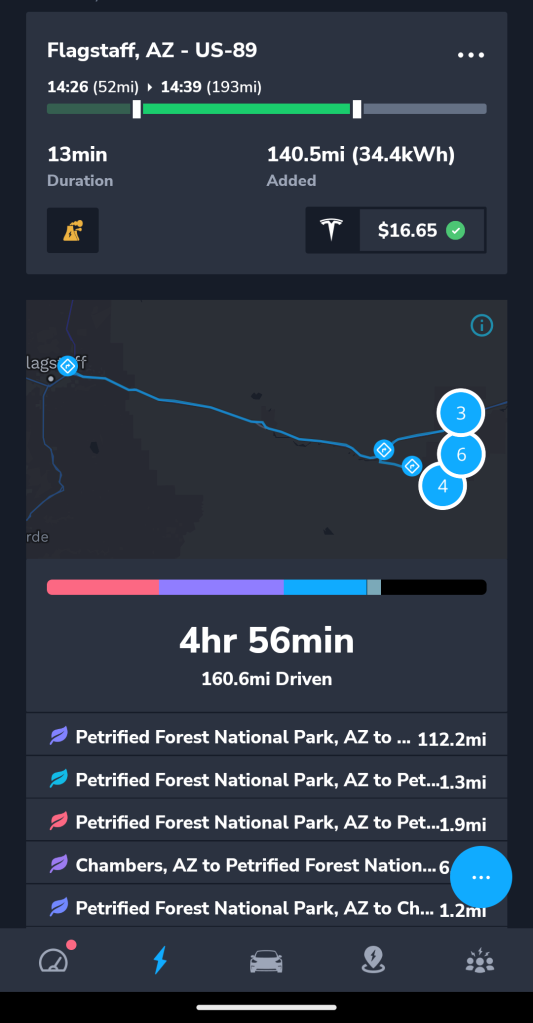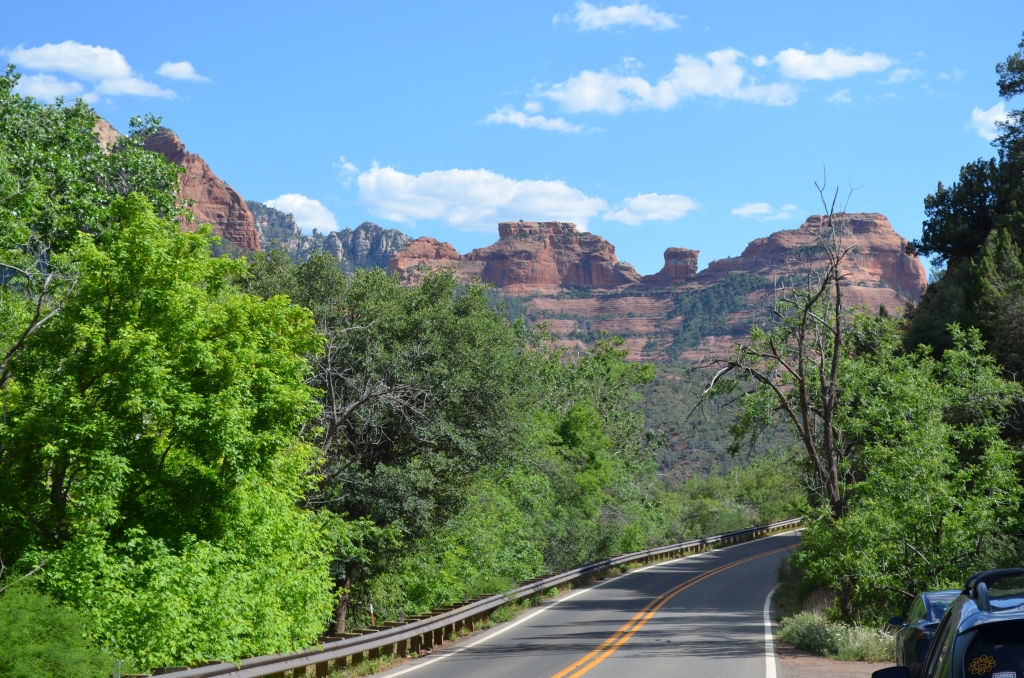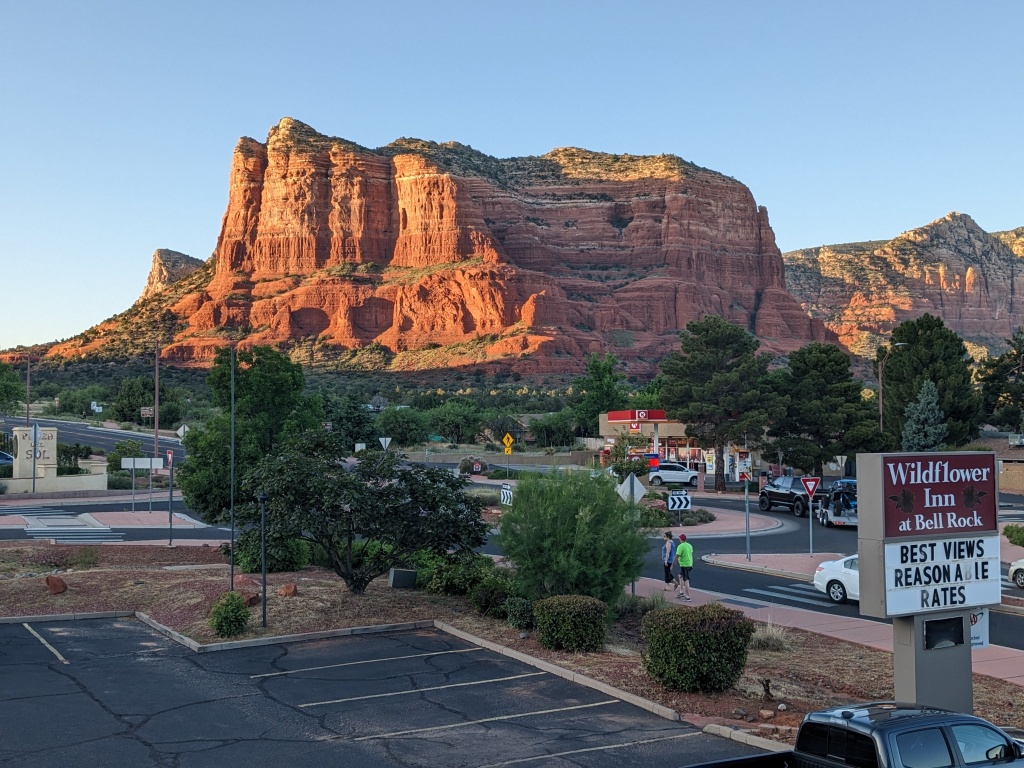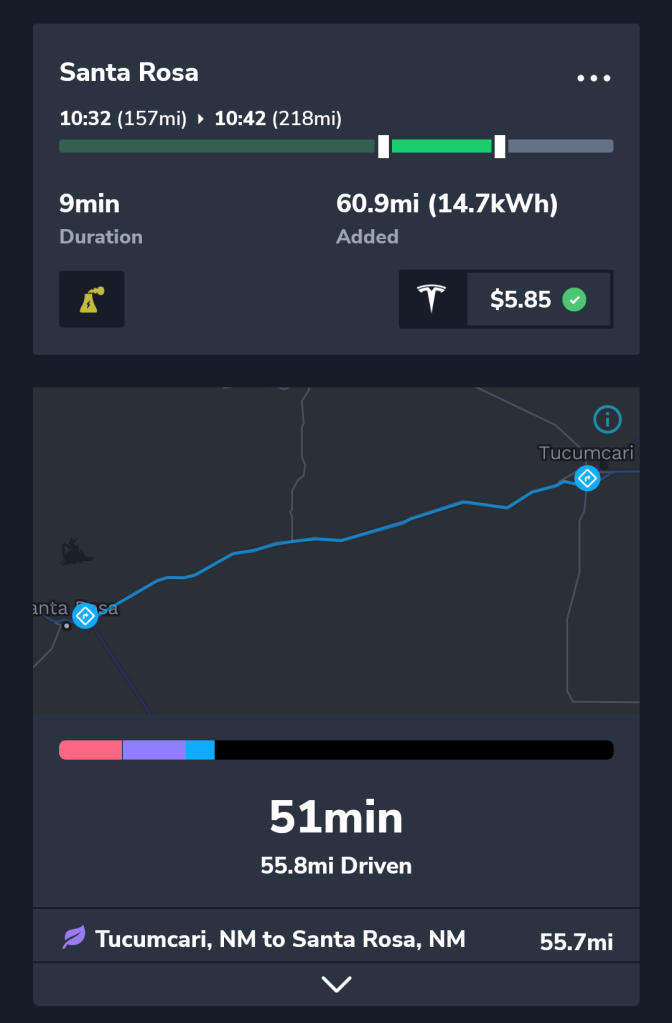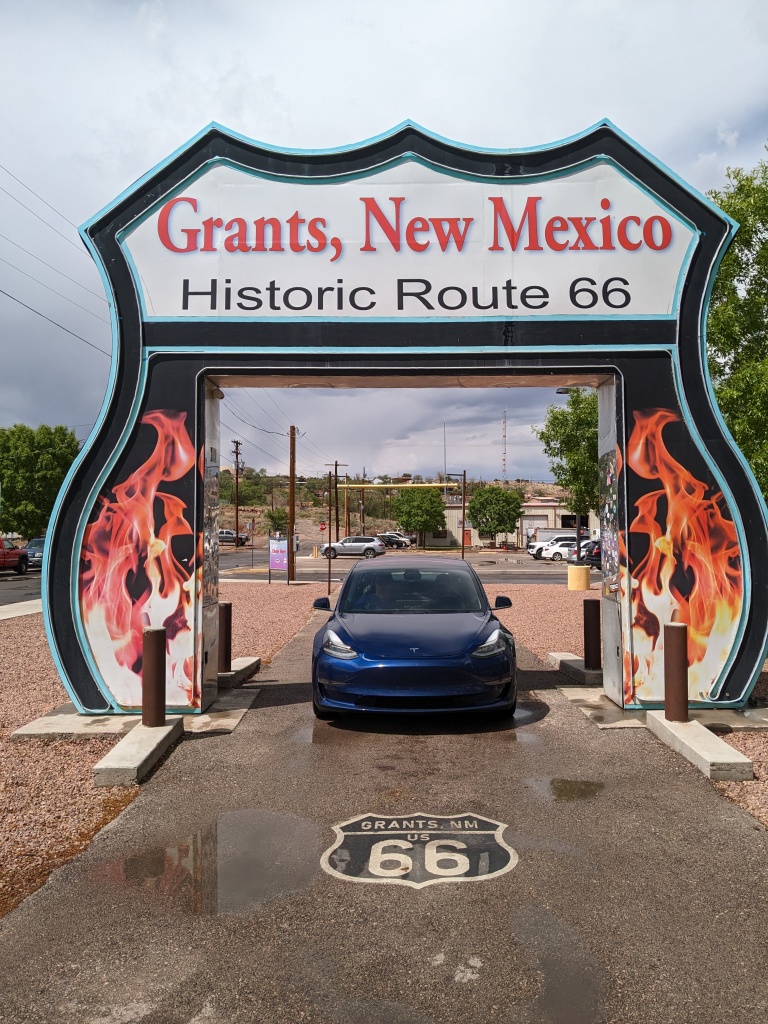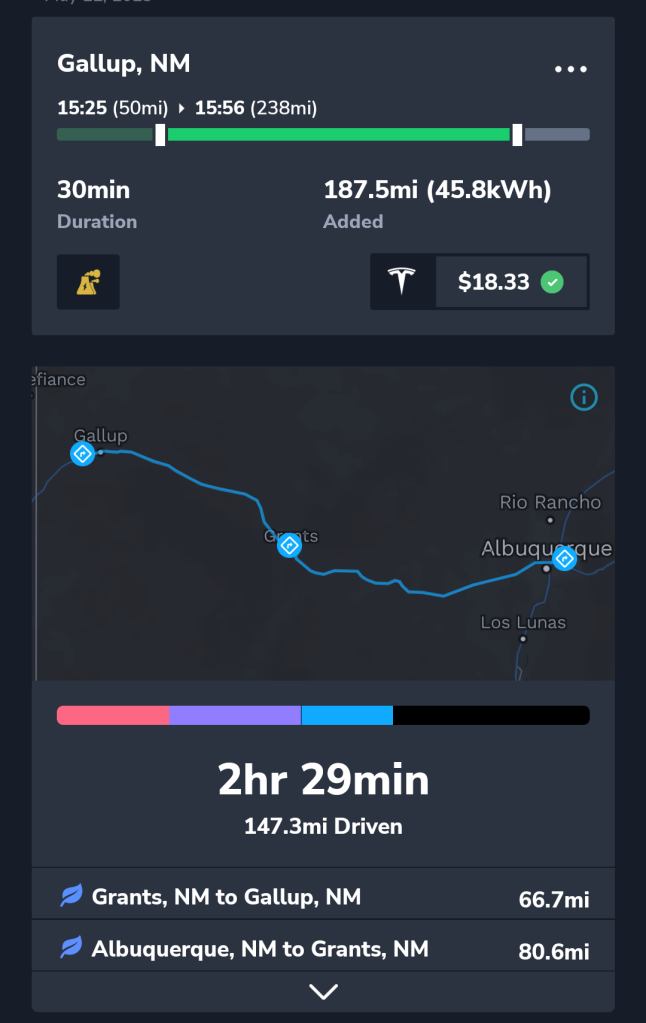We rested well at the Sprinhill Suites and headed off in hope of making it home in one day. Karen really isn’t well and is sleeping 20 out of 24 hours each day. I’m keen to get home.
Tulsa to Van Buren
We headed off and got the benefit of well maintained toll roads again. After rejoining I-40 the going wasn’t as comfortable. The cars navigation wanted me to charge at Ozark which is just beyond Van Buren. Since we knew we could make the stretch from Brinkley to Van Buren without stopping it seemed to make more sense to stop at Van Buren instead. This turned out to be a mistake, I should have trusted the navigations suggestion. The vehicle indicated it would take 40 minutes to charge to get to Brinkley. This is too long so we left after just 7 minutes of charging and headed to Ozark.
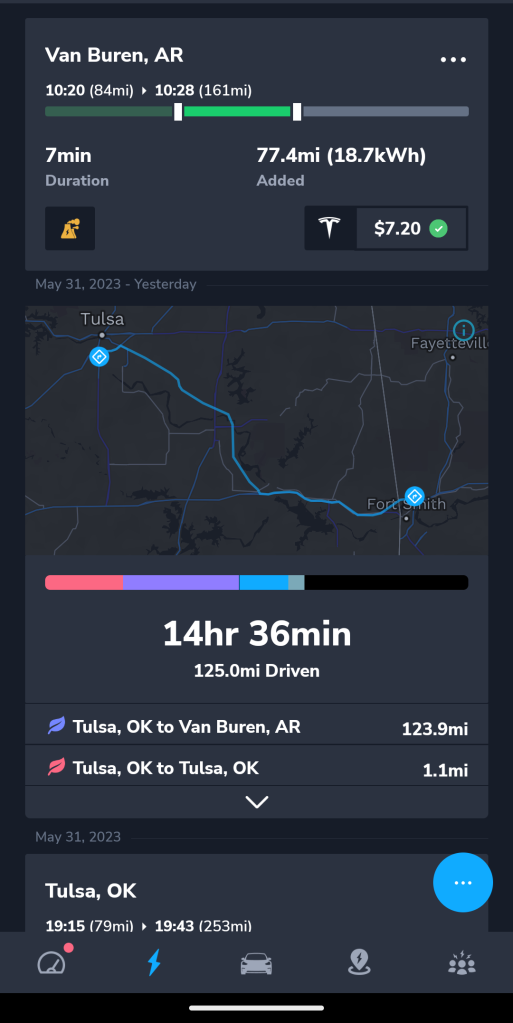
Van Buren to Ozark
It was just thirty minutes to Ozark. The Ozark supercharger is the best we visited the entire trip. Its located at a Travel Center, so close to bathrooms and a convenience store. What set this station apart from others is that the truck stop also added both trash cans and windscreen washing squeegees. Some locations have trash cans, like Buc’ees, but this location is the only one I have visited ever that had a way to clean your windscreen. This is something almost every gas station provides to their fossil fuel customers. It is really a needed convenience for electric car drivers as well.
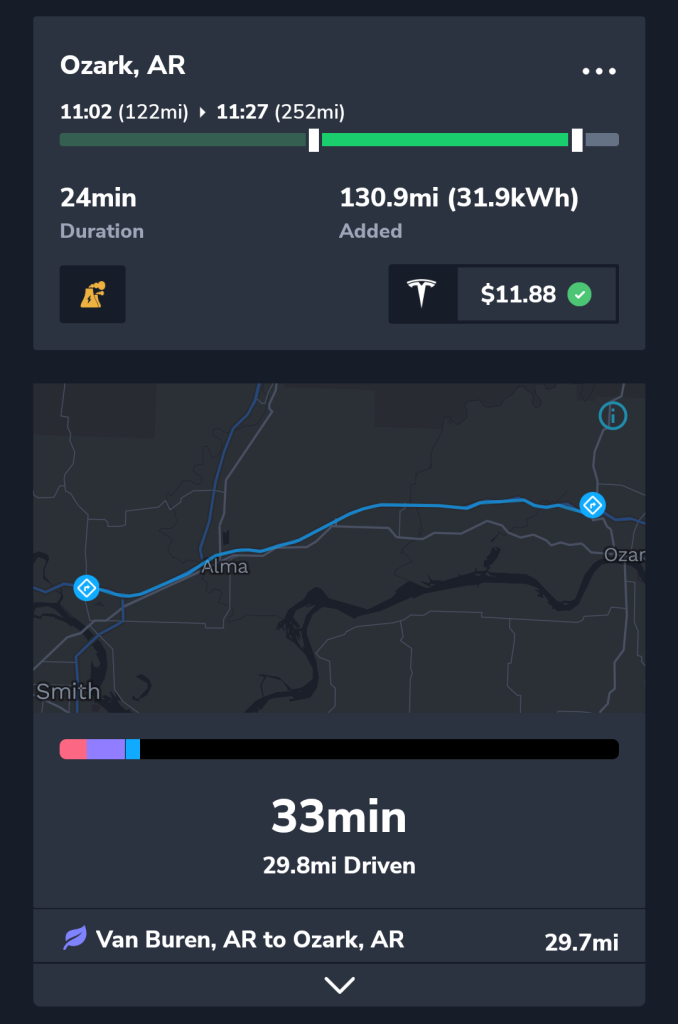
Ozark to Brinkley
Now we are back in Arkansas we can cruise in comfort on well maintained highways. This leg was quite long at 1 1/2 hours and I was happy to stretch my legs at Brinkley.
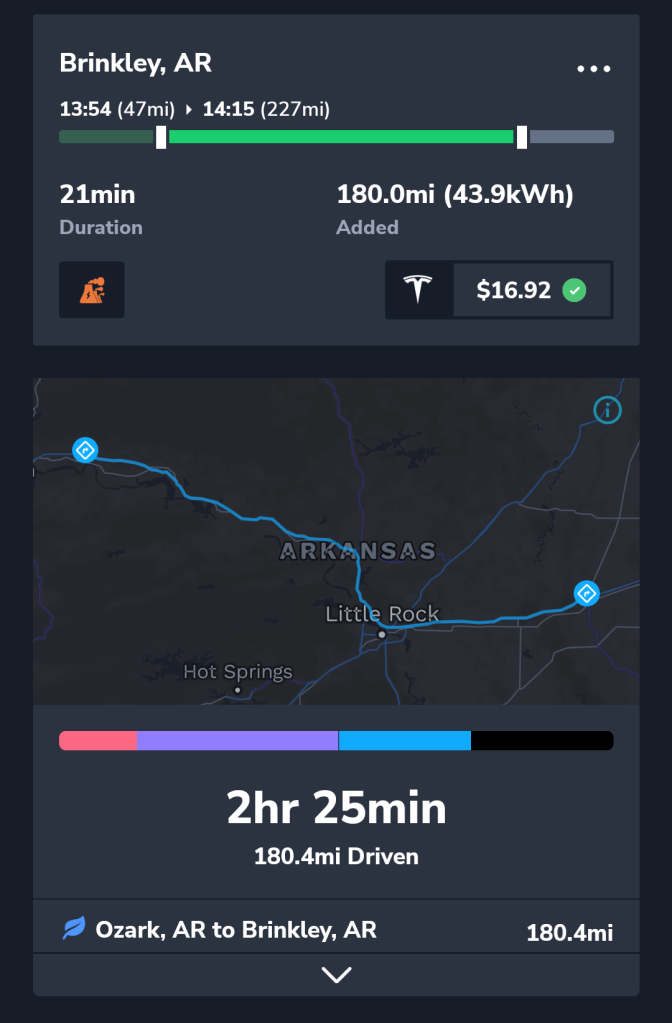
Brinkley to Jackson TN
It was a great feeling cruising by the “Welcome to Tennessee” sign. The welcome was brief as we were on I-40 in Memphis a black mercedes travelling at very high speeds cut across several lanes and almost side swiped us. I saw the vehicle in my peripheral vision and swerved out of my lane to avoid a disaster. I assume the driver was running from the law. Karen wasn’t sure how we weren’t hit by the car it came so close. Welcome back to Tennessee indeed. A 20 minute charge at Jackson gave us enough energy to get home.

Home at last – almost 4,000 miles driven!
We arrived home at 9pm. We had no milk to make a cup of tea and I was too tired to go by the store. I looked at the trip meter. We had driven just shy of 4,000 miles. We used over one megawatt of electricity. Our efficiency of 272 Wh/Mile was pretty good given we travelled very fast on some interstates. 272 Wh/mile equates to 3.6 miles per kWh. We averaged just over 300 miles per day, that’s a lot of driving.
Supercharging is about six times more expensive when compared to charging at home. On our last trip to Florida we saved quite a bit charging at hotels. On this trip there were very few hotels out west that provided complementary EV charging, the ones that did had expensive accommodation. We never had the benefit of charging at a hotel destination charger the entire thirteen days we were on the road. I suppose there are just fewer EV’s in the wilderness out west.
The car was charged by 2am the next morning. It was ready for another road trip. We will give it a wee while before embarking on our next road trip. Our thoughts are to go to Niagara Falls in the fall and maybe go to Maine as well.

